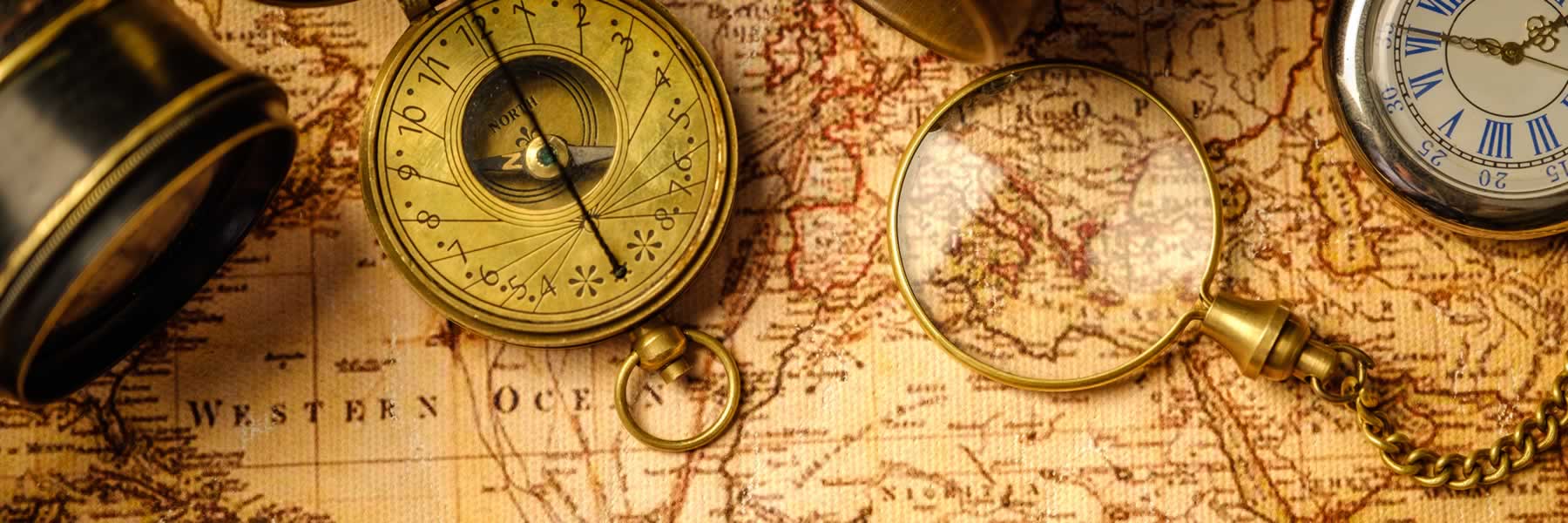Coming Soon
Stay tuned for more functionality!Cayenne, France
History of Cayenne, France
Cayenne is a vibrant city located on the northeastern coast of South America, in French Guiana. Its history is deeply intertwined with the colonial exploits of European powers, starting with Christopher Columbus, who officially discovered the region in 1498 during his third voyage to the Americas. However, it wasn't until the 17th century that Cayenne became a significant settlement, when the French founded a colony there in 1643. Initially, the settlement faced many challenges, including tropical diseases, hostile indigenous tribes, and conflicts with other European powers.
Throughout the 17th and 18th centuries, Cayenne became an important French outpost in the region, strategically positioned to protect France's interests in South America. The city flourished due to the thriving trade in commodities such as sugar, coffee, and exotic woods. However, it also gained infamy as a penal colony, hosting a significant number of French criminals and political prisoners. The infamous Îles du Salut (Salvation Islands), including Devil's Island, were used as a strict prison camp for the worst offenders.
In the 19th and 20th centuries, Cayenne underwent various transformations. In 1848, slavery was abolished in French colonies, triggering significant changes in society and the economy. The city suffered several devastating fires and epidemics but managed to rebuild and develop. During World War II, Cayenne served as a pivotal base for the Free French Forces under the leadership of General Charles de Gaulle. After the war, the city experienced a surge in population, primarily due to immigration from other French territories and neighboring countries.
Today, Cayenne is a thriving multicultural city, boasting a rich blend of French, African, Amerindian, and Asian influences. It serves as the administrative and economic center of French Guiana, home to various industries, including agriculture, fishing, and the space industry. Cayenne's vibrant cultural scene, delicious cuisine, and stunning natural beauty, such as the Amazon rainforest and pristine beaches, make it an attractive destination for tourism. Its colonial architecture, historical sites like Fort Cépérou, and the Musée Départemental Franconie offer a glimpse into its compelling past, ensuring that the legacy of Cayenne's complex history continues to captivate visitors.
Cayenne, France, Current Day
Cayenne, the capital of French Guiana, is a vibrant city situated on the northeastern coast of South America. Boasting a population of around 60,000 people, life in current-day Cayenne reflects a blend of French and South American culture, making it a unique and captivating destination.
The city enjoys a tropical climate, with warm temperatures throughout the year. Many locals embrace an outdoor lifestyle, engaging in activities such as strolling along the picturesque coastline, swimming in the turquoise waters, or exploring the lush rainforests that surround the city. The natural beauty of Cayenne is enhanced by the presence of the Maroni and Cayenne rivers, which provide opportunities for water sports, fishing, and boating.
Cayenne's rich history and diverse population contribute to its vibrant cultural scene. The city is known for its lively markets, where both locals and tourists can discover an array of fresh produce, traditional crafts, and spices unique to the region. Residents often gather in the evening to enjoy delicious cuisine prepared with local ingredients, while socializing with friends and family.
Education plays a significant role in the lives of Cayenne's residents, with several schools, colleges, and a university serving the community. The educational system follows the French curriculum, ensuring a high standard of education. The city also hosts cultural events, exhibitions, and festivals that celebrate the arts, music, and traditional dances, providing opportunities for locals to showcase their talents.
Overall, life in current-day Cayenne offers a colorful and diverse experience. Its unique blend of French and South American cultures, beautiful natural surroundings, and lively cultural events make it an enchanting and captivating place to live or visit.
Things to do in Cayenne, France
1. Visit the Iles du Salut: Explore the three islands located off the coast, including the notorious Devil's Island known for its history of housing prisoners.
2. Stroll through Place des Palmistes: Take a walk in the city's historic square, lined with palm trees and surrounded by colonial-era buildings.
3. Discover the French Guiana Space Centre: Take a guided tour of the base to learn about space exploration and witness rocket launches.
4. Explore the Cayenne City Hall: Admire the beautiful colonial architecture of this historical building, which also serves as a museum.
5. Visit the Musée Alexandre Franconie: Learn about the history and culture of French Guiana through a collection of artifacts and exhibits.
6. Take a boat trip on the Maroni River: Explore the untamed beauty of the river and its surrounding rainforest, and immerse yourself in the indigenous culture of the region.
7. Enjoy nature at the Montjoly Beach: Relax on this picturesque sandy beach, known for its clear waters and pristine environment.
8. Experience local cuisine at the Cayenne Market: Taste traditional dishes and buy fresh produce at this vibrant food market.
9. Take a hike at the Kaw Nature Reserve: Explore the diverse ecosystems of this protected area, including mangroves, savannahs, and forests.
10. Attend the Carnival in Cayenne: Join in on the lively festivities and vibrant parades during the annual carnival celebration, which showcases local art, music, and culture.

